Dr. David Talbot: TAMUC’s Champion for Civil Rights
Black History Month Series Part 1: Honoring and Recognizing Impactful Black Figures in the Lion Family
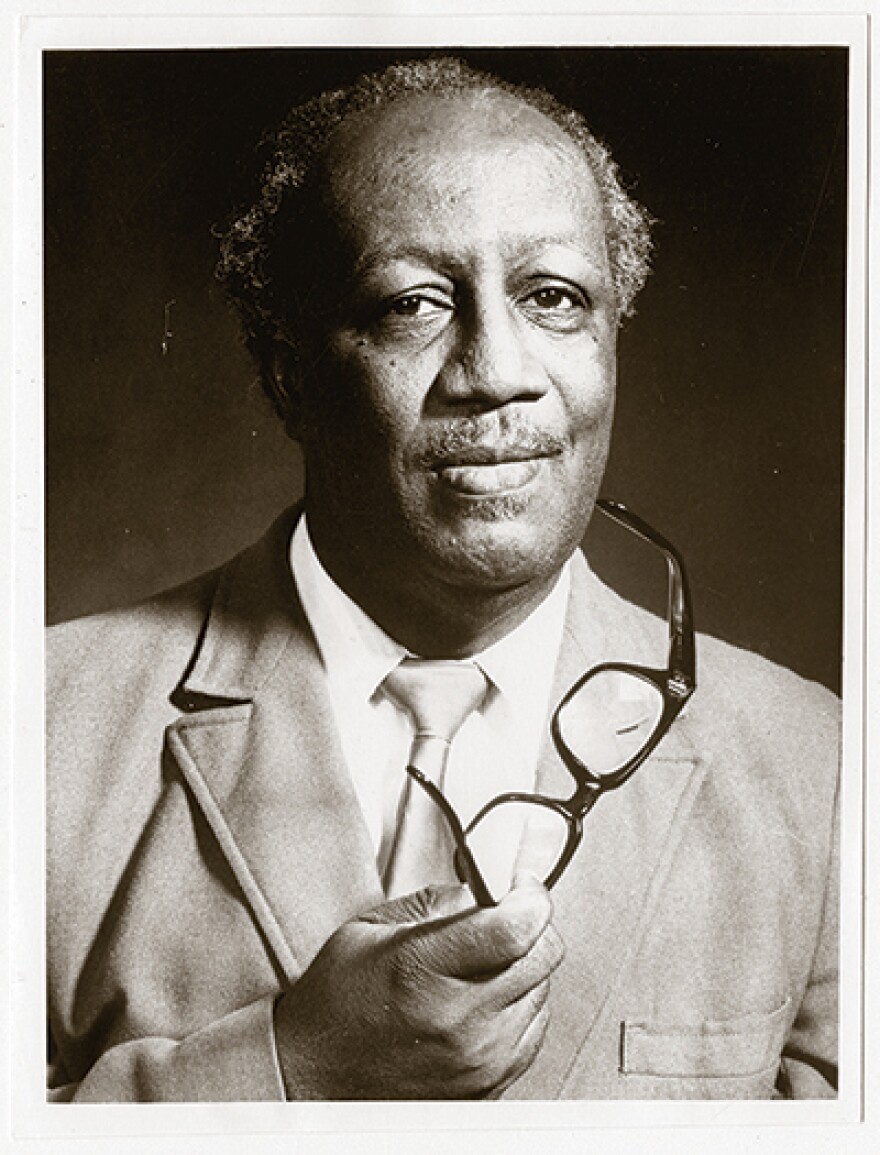
Many students at Texas A&M University-Commerce have wandered the halls or taken classes in David Talbot Hall. Despite the building's reputation as a well-known landmark—and possible ghost haven—on campus, many students and even faculty members are unacquainted with the building's namesake, civil rights champion Dr. David Arlington Talbot.
Dr. Talbot was the first Black professor hired at A&M-Commerce, formerly known as East Texas State University (ETSU). However, his presence meant much more than just racial integration at the school. He used his position to advocate for equality and create an environment that supported students of color.
In 1978, Dr. Dennis Peck, former professor of sociology at ETSU, sat down with Talbot for an interview. The resulting transcript records Talbot's story, including how he ended up at ETSU and why he felt such zeal and passion for racial equality on campus. In his story, he reveals how his fight for racial equality stemmed from his life experiences as a young man into adulthood.
Early Life
Talbot was born in Guyana, South America, in 1916 to parents who were African Methodist Episcopal Church ministers and descendants of African slaves. At the time of Talbot's birth, Guyana was under British rule.
At age 19 and during the height of the Great Depression, Talbot moved to Atlanta, Georgia, to pursue a college degree. Although Talbot had felt the pains of colonialism back home in Guyana, seeing and living as a Black man in the segregated South was a completely different experience. He explained that in America, he felt society treated him as “zero or less.”
Talbot received his bachelor's degree in English and Mathematics from Morris Brown University in 1939 and began graduate school at Columbia University the following year. However, World War II took the world by storm, and Talbot, feeling he wanted to help, considered enlisting in the army.
This decision was not an easy one for him. He, like many Black citizens at the time, felt wary about fighting for a country that treated him as “zero or less.” Did he want to risk his life only to be treated as subhuman? After much consideration, Talbot concluded that he would place his hope and belief in the United States.
“I opted for America with hope, with faith,” Talbot recalled. “Not that America was what I wanted, but that it had the potentiality to be, that I had the opportunity to work and try to make it what it should be.”
With that mindset, Talbot paused his graduate studies and joined the military. He served for three years, receiving a Bronze Star for his service. By the time he returned to the States, the world seemed like a better place for many. The Depression was over, and the war was over, but there was still one major hurdle Talbot wanted to see America overcome: segregation.
After the War
Post-war, Talbot's life quickly shifted and changed in several ways. He married Phyllis Willis in 1946. They had three sons: David Jr., Jim and Eric. Talbot returned to graduate school and obtained his master’s degree in vocational guidance in 1951. He then became a very successful vacuum cleaner salesman, but he yearned for greater fulfillment.
Talbot's father recommended that he consider teaching and working at a university. Talbot took the advice to heart, and in 1952, was hired at Shorter College in North Little Rock, Arkansas, where he served for five years as the dean of students and head of the English department. He then transferred to the University of Arkansas Pine Bluff as head of students and associate vice president.
“After that,” Talbot said, “my life started having meaning.”
Despite serving in high-level administrative roles, Talbot still felt the sting of segregation. His time at both universities was somewhat tense.
“It was a very difficult situation,” he said. “I frequently identified myself with the students, [because] they were fighting for rights which belonged to all Americans, and as often as I could, I backed them, regardless of the consequences.”
In 1964, Talbot finally witnessed the abolishment of segregation when the Civil Rights Act of 1964 passed. He was filled with hope; this was something he had always dreamed of for himself and his sons.
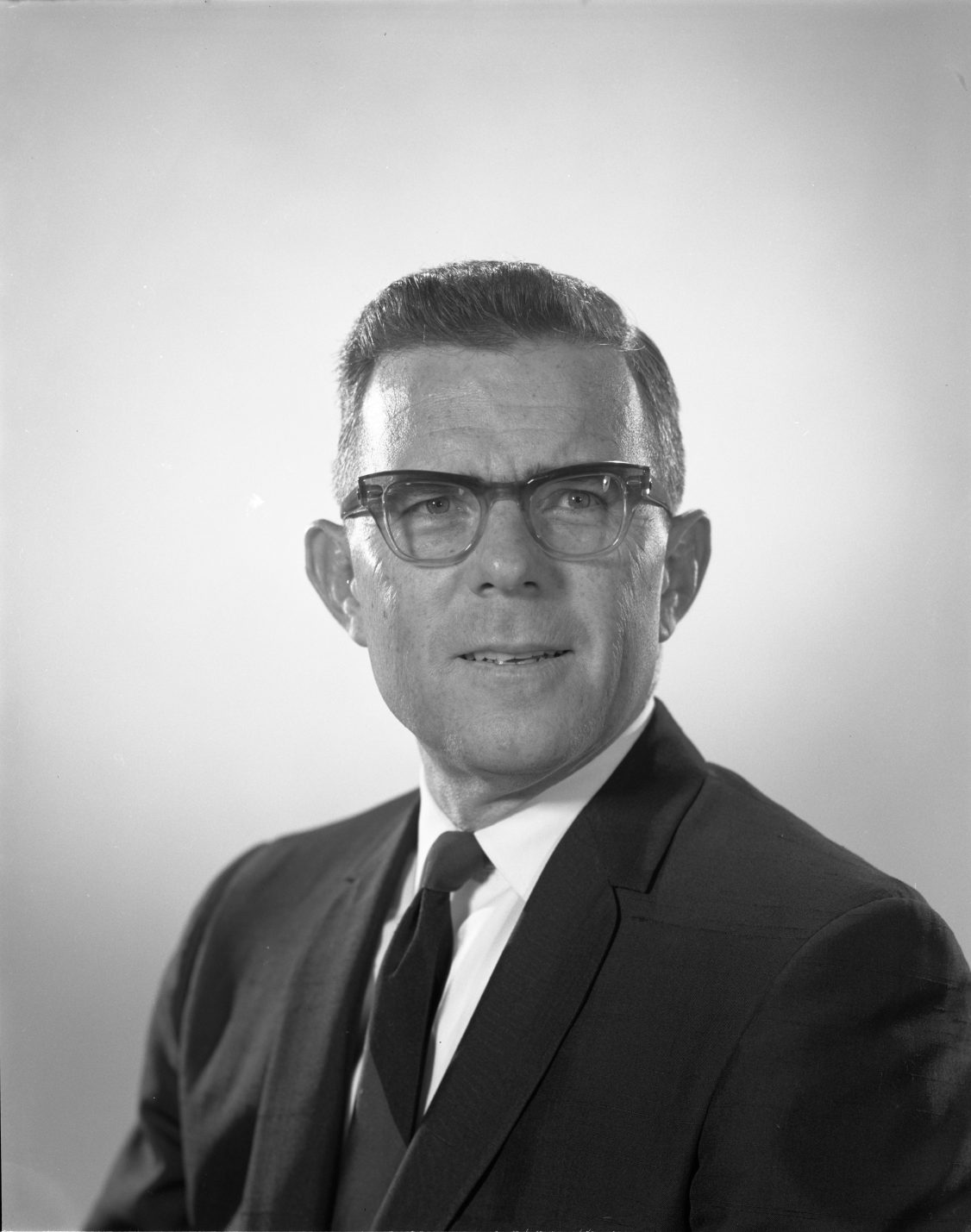
Two years later, Talbot received his doctorate from the University of Arkansas. As part of his degree requirements, he interned under the dean of students, Dr. D. Whitney Halladay. Unbeknownst to Talbot, his relationship with Halladay would change his life forever.
To East Texas State University
In 1968, around the time Martin Luther King Jr. was assassinated, Talbot arranged to visit East Texas State University with his son, Jim, who was considering a football career at the university. Shortly before the visit, Talbot received a call from his former colleague, Dr. Halladay, who had been named president of ETSU in 1966. During the call, Halladay invited Talbot to join the ETSU faculty, explaining that the assassination of Dr. King caused Black students at ETSU to hunger for change. The students demanded that the administration hire Black faculty members.
“No way,” Talbot replied. “I'm happy at [Pine Bluff], and I really don't want to leave!”
Halladay convinced Talbot to at least give ETSU a chance, so Talbot agreed to meet with faculty members when he came to tour the campus with his son. After the tour and meeting, Talbot admitted that he was very impressed with both the people and the amenities on campus.
But still, he wasn't convinced that ETSU was the place for him. Later, he reflected on one single experience that changed his mind and restored his hope in true equality.
“The thing that impressed me most and changed my decision,” he said, “was that I met with some of the Black students who found out that I had an opportunity to work there as a faculty member. One student [said], ‘We really need you. Please come.' I said, ‘I don't think I will.' [But] as we were going back to Arkansas, in my mind I could just hear the Black students saying, ‘We really need you.'”
He ultimately decided to accept a job at ETSU as the university's first Black faculty member. In his new role, his dream and intention was to help Black students succeed.
“I thought I'd come and work here and help improve the situation for Black students—to serve as a sort of symbol signifying that the university was willing to seriously cater to the needs of the minority element in its population,” Talbot said.
And that's exactly what he did.
Talbot's Impact
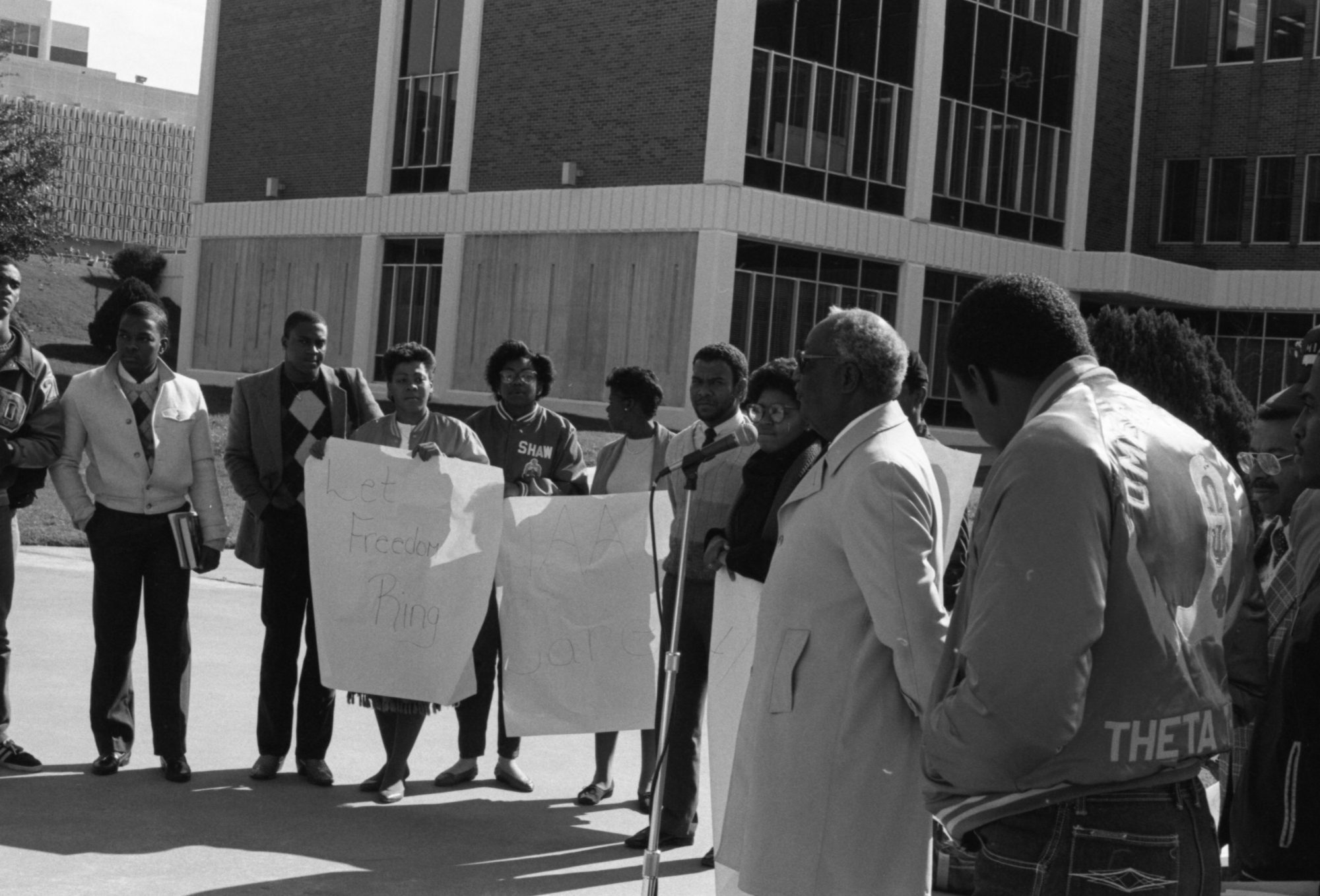
Throughout his 19-year tenure at ETSU, Talbot made a lasting impact in both short- and long-term ways. As the first Black faculty member, he changed the face and dynamics of the university as soon as he arrived. Although he still experienced challenges and discrimination, he remained determined and became a role model and advocate for Black students.
At ETSU, Talbot was a professor, department head, director of the Counseling Center, and director of the Center for Student Development Services. He also continually worked towards fostering an environment that supported and championed students of color.
Alumnus Derryle Peace, retired director of the Alumni Center and current adjunct instructor at A&M-Commerce, was a student at the time Talbot worked for the university. Peace said that he recalled taking a class with Dr. Talbot as his professor, and that Talbot’s presence made an impact on him, especially as a Black student who had attended segregated schools for many years as a child.
“At the time [I attended ETSU],” he said, “there were three African American professionals on campus who provided a visible and emotional presence for [us] students of color.”
In 1983, Talbot was assigned as the special assistant to the university president for Affirmative Action. His responsibilities in this role included assessing the university as a whole, strategizing plans for improving diversity and advising the president. Largely due to Talbot's efforts, the student body became increasingly more diverse, enveloping older students, students of various races, and international students.
Talbot also implemented programs such as the Inter-Cultural Living Experience, a program that fostered connections among students of differing cultural backgrounds as they studied, worked and lived together.
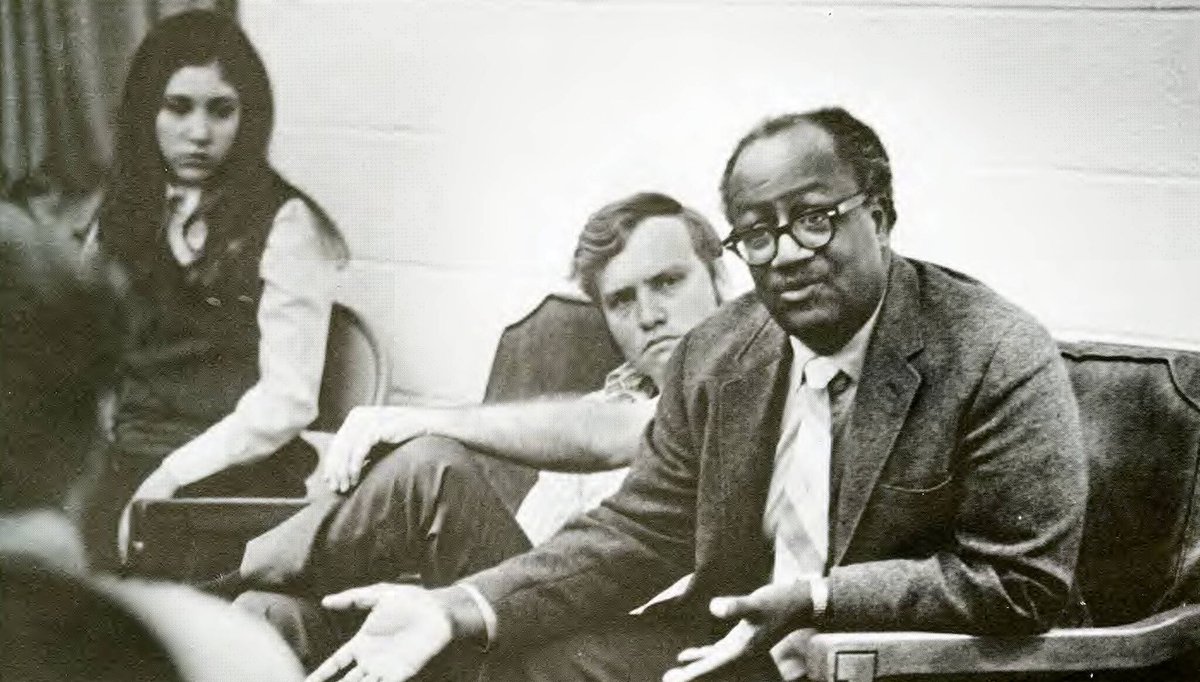
Peace recalled his experience participating in the Intercultural Living Experience in Spring 1971. He explained that on a Friday evening, a group of student volunteers gathered in Binnion Hall (a dorm building at the time) and were paired with someone of a different race. The partners were assigned a room to spend the night in and instructed to interview each other and eat a meal together. At the end of the weekend, the group reconvened in a session facilitated by Talbot and shared what they had learned about each other.
“The participants of the program were like-minded,” Peace said. “I did not keep up with my roommate for the project but did make many friends that I keep up with to this date.”
Along with the Intercultural Experience, Talbot also created an intercultural Teacher Training Institute and was a leader and mentor to Omega Psi Phi, a historically Black fraternity.
Leaving a Legacy
Talbot retired from the university in 1987. During his nearly 20 years of service at ETSU, he taught thousands of students, and many who knew him appreciated his radiating kindness, warmth and love.
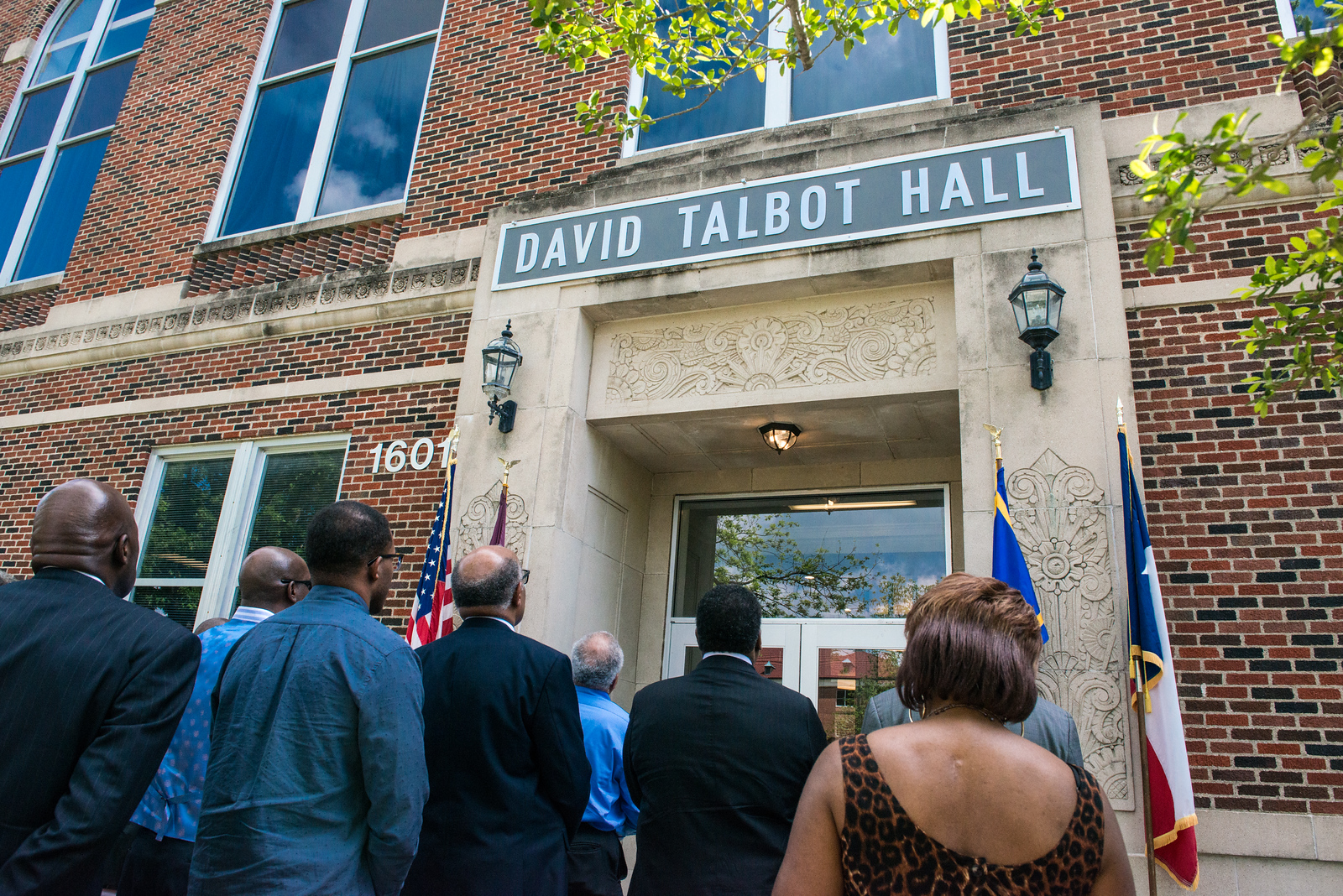
In 2017, the university named David Talbot Hall (formerly The Hall of Languages) in Talbot’s honor.
At a ceremony celebrating the renaming, Talbot's close friend, Dr. Paul Zelhart, stated, “Dr. David Arlington Talbot was the perfect person to be the first African American faculty member at this university. A true humanitarian, Dr. Talbot's devotion to the betterment of all through education and social justice, his lifelong commitment to civil rights […] prepared him well for his new role, the peaceful and successful integration of this institution.”
Throughout his retirement, Talbot continued to spread hope and share his light as a prominent figure in the surrounding community. He served on Commerce ISD's Board of Trustees, the Hunt County Mental Health Board of Directors, the Commerce Literacy Commission, and many other local community projects. He was also an avid church member, teaching Sunday school and playing the organ at First United Methodist Church in Commerce.
Despite his impactful career, Talbot was a humble man who never bragged about his many accomplishments. In an interview, he said, “As I look back, I feel kind of good about some of the changes that I like to feel I was a part of, that I was a catalyst for change.”
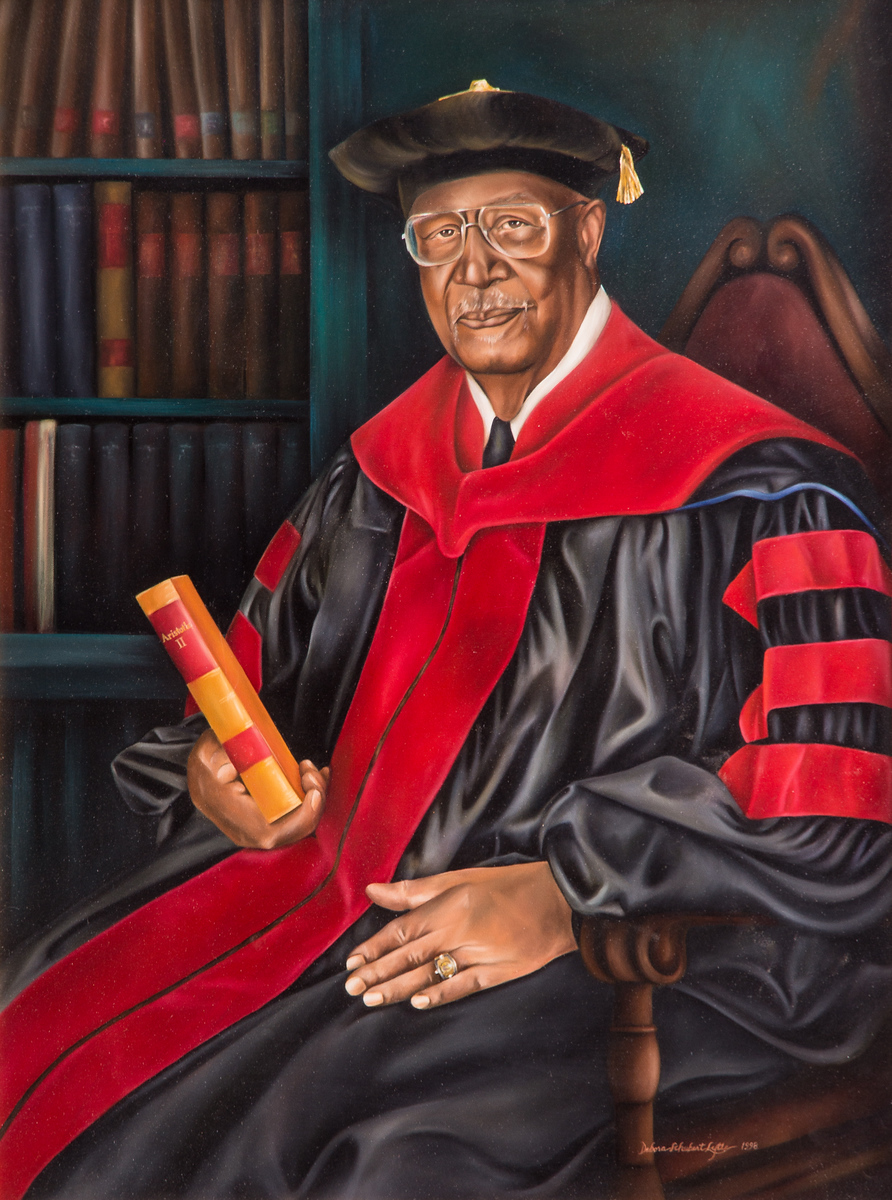
Dr. Talbot passed away in 2003 at age 87, but his memory, his legacy and his spirit live on in every corner of the university. Today, A&M-Commerce is comprised of a beautifully diverse community of students and faculty from more than 53 countries around the world. And it all began with Dr. David Talbot and his dream of a university that welcomes and supports all students who desire to transform their lives through higher education.
Read more about Talbot's life and accomplishments in the Oral History Transcript, a transcript of interviews with Talbot where he shares his life story. Also, consider visiting the archives in person at Velma Waters Library and request to see the David Talbot Collection, which features his personal essays, notes from classes he taught, and several other personal documents.
More Featured
View All Featured
Preparing Bilingual Teachers for Texas Classrooms: A&M-Commerce Receives $2.7 Million Multilingualism Grant
The university will use the funding to launch the LeoTeach BEACON project.
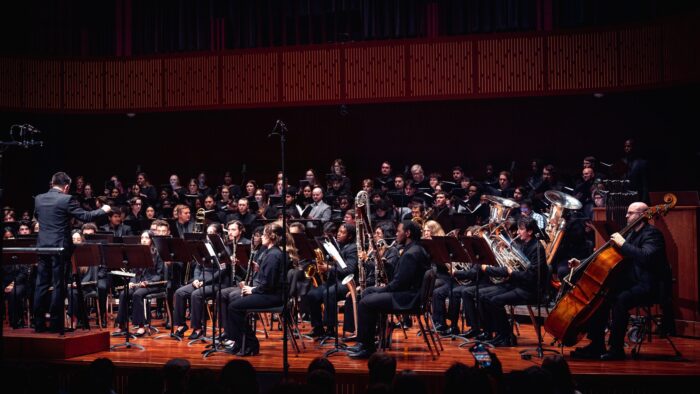
TAMUC Unveils New School of Music at Kickoff Concert
Texas A&M University-Commerce recently celebrated the redesignation of its School of Music at a special kickoff concert on September 29. 2024.
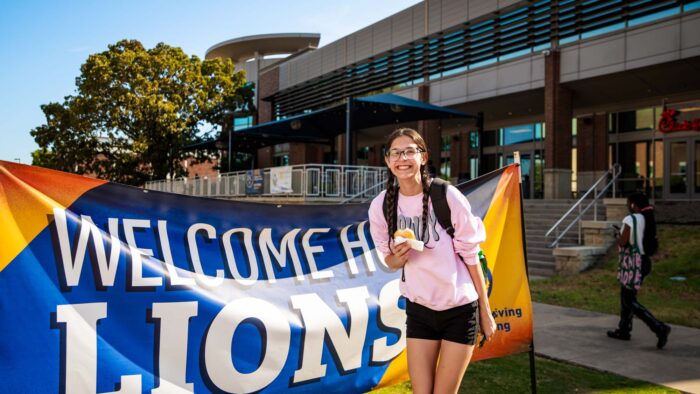
Lions Roar Kicks Off New Semester at A&M-Commerce
Texas A&M-Commerce welcomed students back to campus with a packed calendar of activities to help them connect, engage, and discover campus life.


